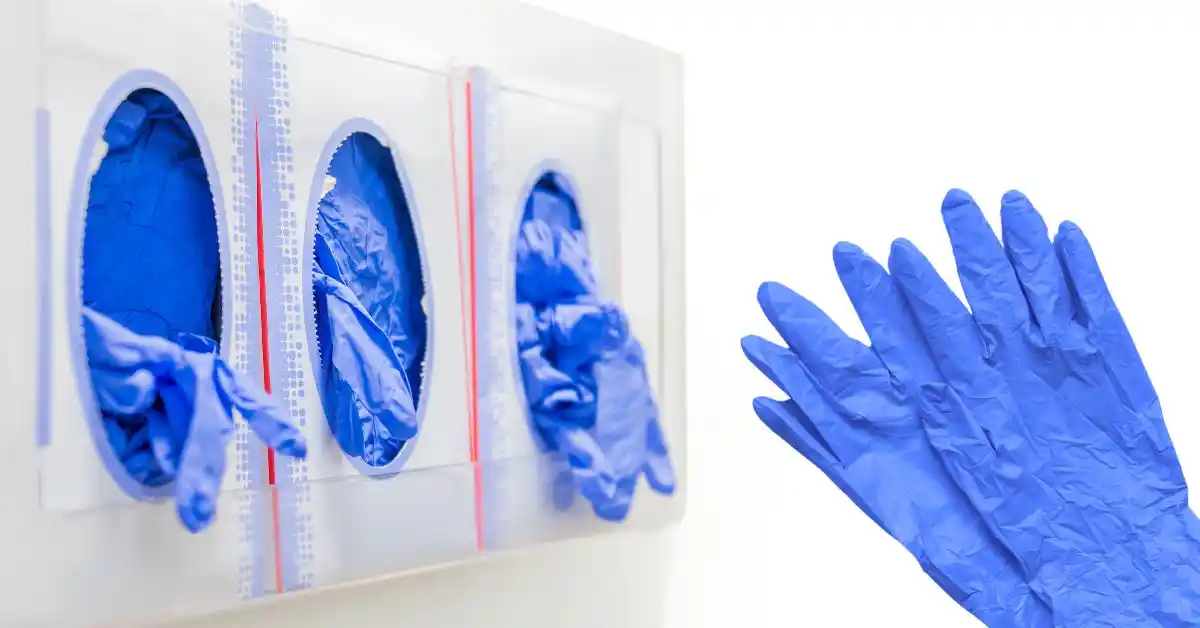
Do Medical Gloves Expire? Understanding Shelf Life and Safety
The Importance of Knowing Expiration Dates for Medical Gloves Understanding the expiration dates of medical gloves is crucial for ensuring safety and efficacy in healthcare


In a hospital setting, preventing cross-contamination is vital for the health and safety of both patients and healthcare workers. Using gloves correctly is one of the most effective methods to prevent the spread of harmful germs and bacteria. Gloves act as a protective barrier for the wearer and potential sources of contamination, making them an important tool in keeping a sterile environment. From traditional latex gloves to commonly used nitrile gloves, their use significantly reduces the risk of infection transmission. Let’s take a closer look at how effective glove use can prevent cross-contamination in hospitals.
Gloves are an important piece of personal protective equipment (PPE) in the healthcare industry. They are used in various procedures, from routine check-ups to major surgeries, to protect healthcare workers and patients from infectious materials. Without gloves, healthcare workers are vulnerable to exposure to blood, bodily fluids, and other potentially harmful substances that can transmit infections. Similarly, patients are also at risk of infection if healthcare workers do not use gloves appropriately. This is where glove use becomes essential in preventing cross-contamination.
When it comes to glove use in hospitals, there are different types available, such as latex, nitrile, and vinyl gloves. Each type serves its purpose and offers unique advantages. For instance, latex gloves are often used in surgical procedures due to their excellent tactile sensitivity and barrier protection. However, people with latex allergies cannot use them. In such cases, nitrile gloves, made from a synthetic rubber material, are an excellent alternative. They offer the same level of protection as latex gloves without causing allergic reactions. Vinyl gloves are also an option, but they are less durable and offer lower barrier protection than latex or nitrile gloves.
As mentioned earlier, nitrile gloves have become gradually popular in the healthcare industry due to their versatility, durability, and allergy-free properties. They offer superior barrier protection, making them ideal for use in hospitals. In addition, nitrile gloves are resistant to a wide range of chemicals and can withstand punctures and tears, making them suitable for various procedures and tasks. Whether it is handling medical instruments, cleaning contaminated surfaces, or performing surgery, nitrile gloves are a reliable choice for preventing cross-contamination.
Simply wearing gloves is not enough to prevent cross-contamination in hospitals. Proper glove use is equally crucial. Healthcare workers must follow stringent protocols when wearing and removing gloves to avoid any potential contamination. This includes washing hands before and after wearing gloves, never reusing disposable gloves, and disposing of them correctly after use. In addition, healthcare workers should change gloves between patients or when moving from one task to another to prevent the spread of germs. Adhering to these protocols and making nitrile gloves an integral part of their routine can significantly reduce the risk of cross-contamination in hospitals.
In conclusion, glove use plays a critical role in preventing cross-contamination in hospitals. With the growing demand for hygiene and safety in the healthcare industry, nitrile gloves have become a popular choice and offer an effective solution for reducing the risk of contamination. From routine tasks to high-risk procedures, their use is essential in keeping a sterile environment and protecting the health of the patients and healthcare workers. So, let’s prioritize proper glove use in our hospitals to ensure a safe and healthy environment for all.

The Importance of Knowing Expiration Dates for Medical Gloves Understanding the expiration dates of medical gloves is crucial for ensuring safety and efficacy in healthcare
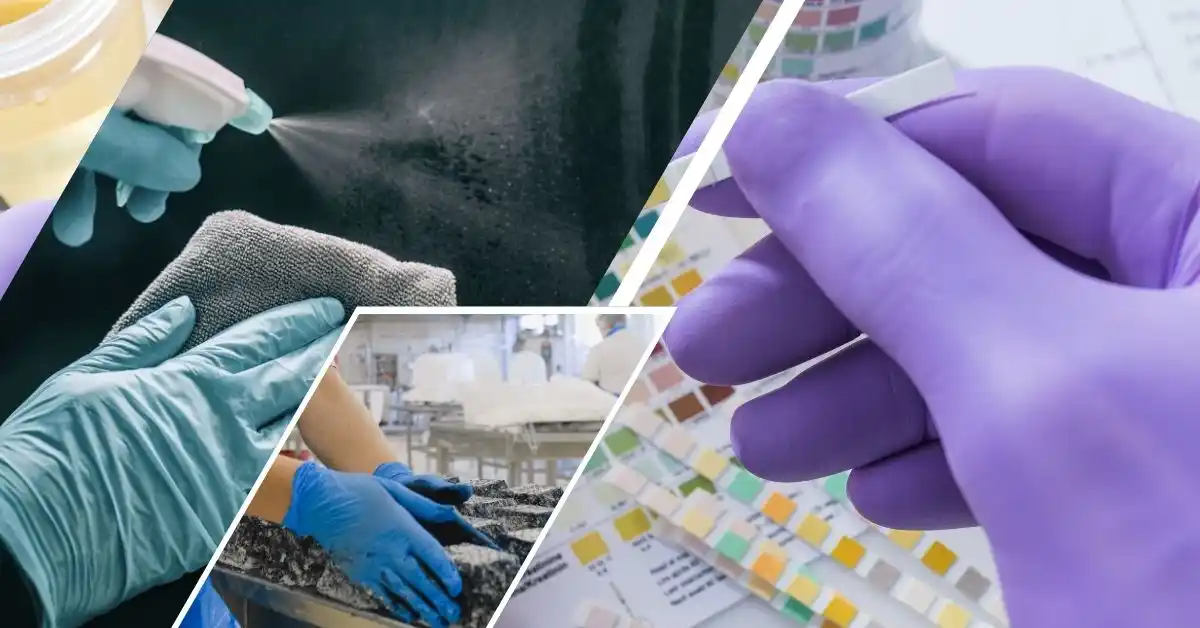
Healthcare Professionals: The Primary Users of Nitrile Gloves In the realm of personal protective equipment (PPE), nitrile gloves stand out as a crucial component, particularly

Understanding Puncture Resistance: What It Is and Why You Need It Understanding puncture resistance is crucial for anyone who prioritizes safety in their work environment.
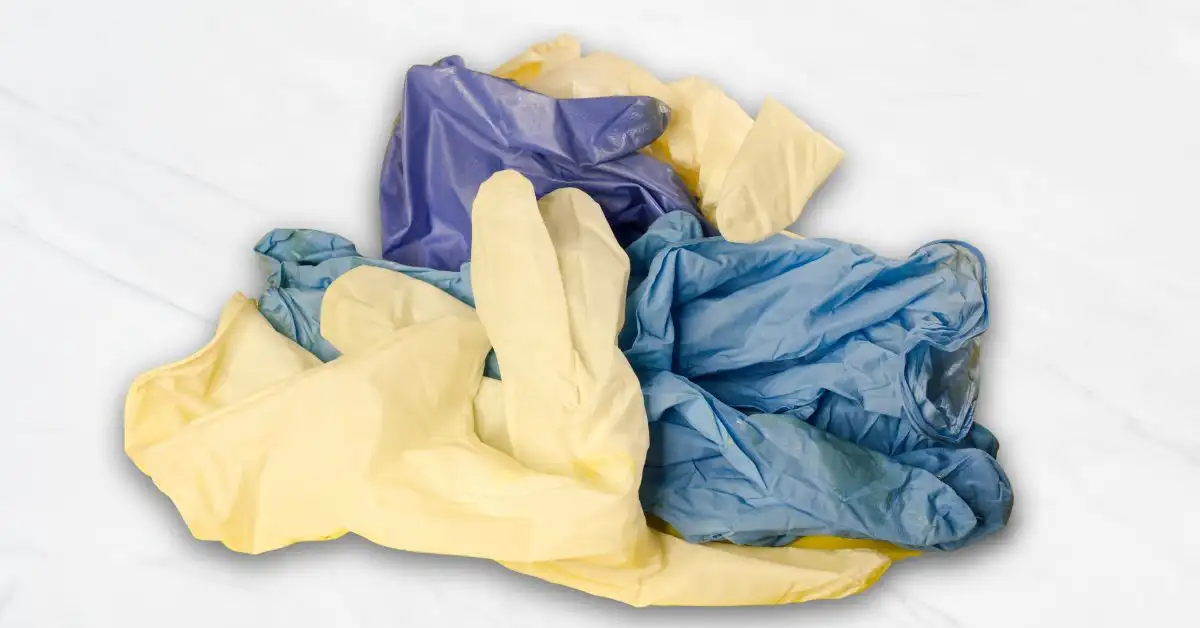
The Origins of Surgical Gloves: A Historical Overview The origins of surgical gloves can be traced back to a pivotal moment in medical history that

Why You Should Care About Hands Breaking Out from Gloves When it comes to personal protective equipment, gloves are often taken for granted. However, the
Driven by a passion for excellence, our mission is to consistently deliver the highest quality products at the most affordable prices. We aim to exceed customer expectations, creating value and trust.
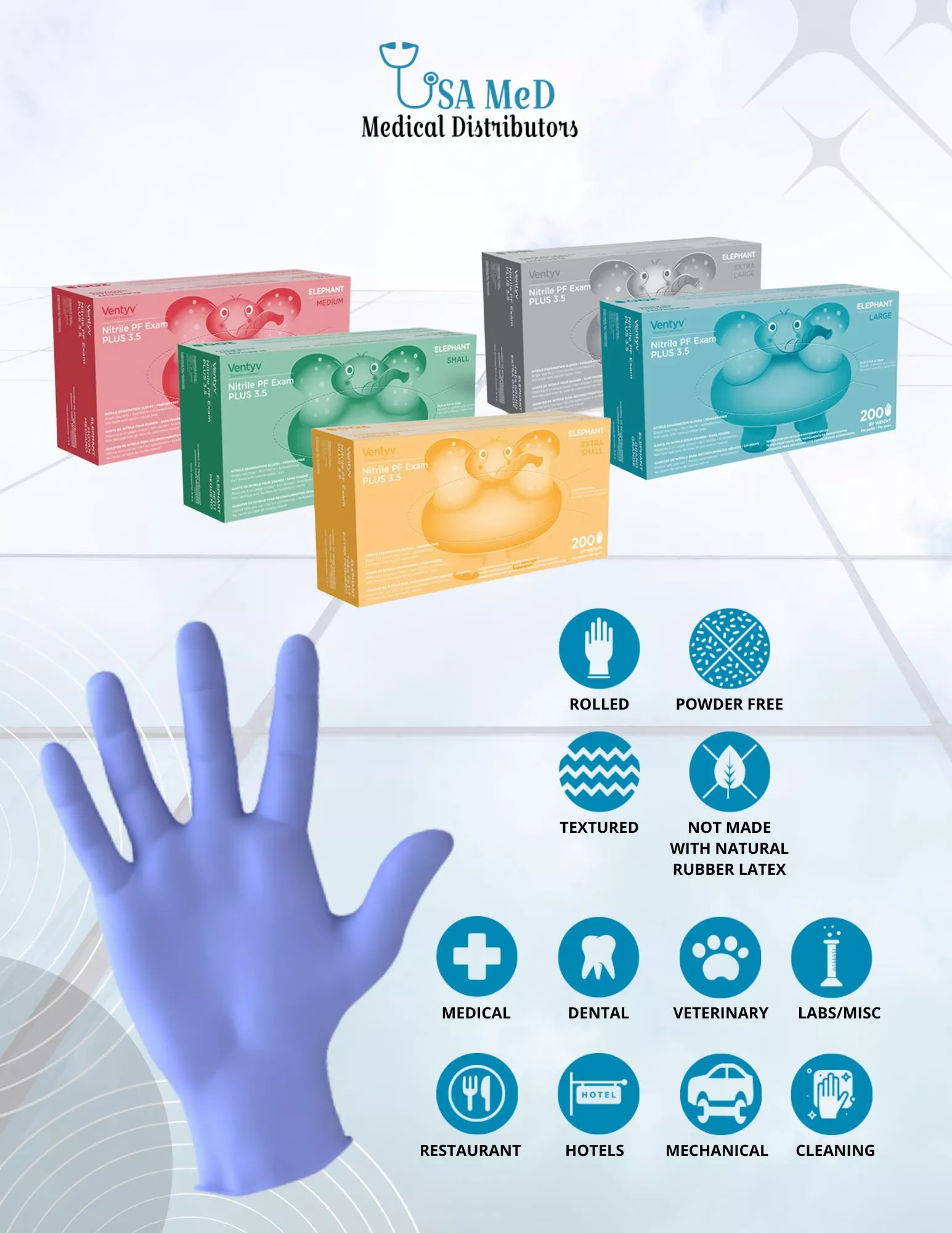
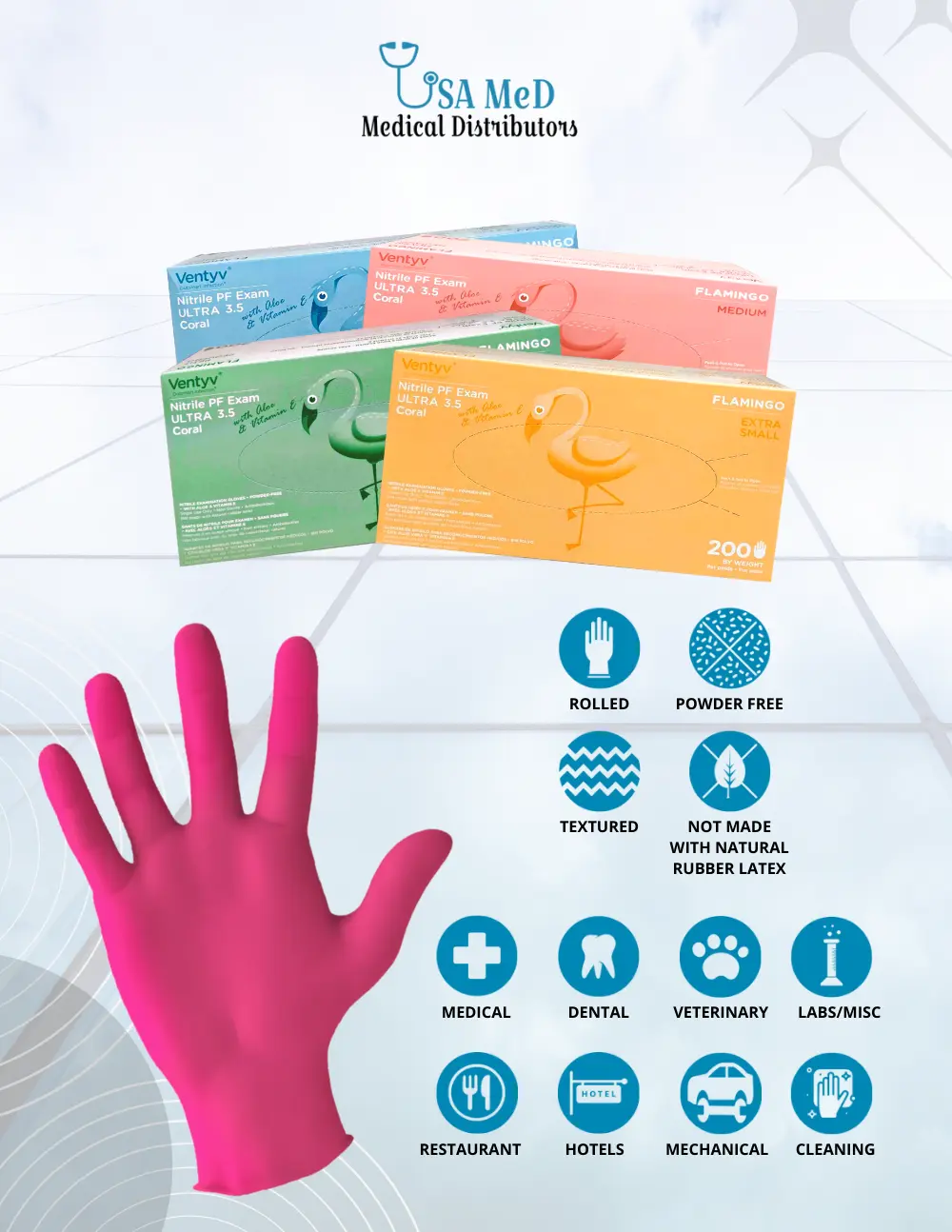
Phone Number: (239) 266 -1290
Email Addresses:
sales@usamedicaldistributors.com
customercare@usamedicaldistributors.com
Mailing Address :
501 Goodlette, Frank Rd N A105, Naples, FL 34102
Copyright 2022 – 2024. USAMED Medical Distributors. All rights reserved.
Privacy Policy | Return and Refund Policy
| Website by M. Escober